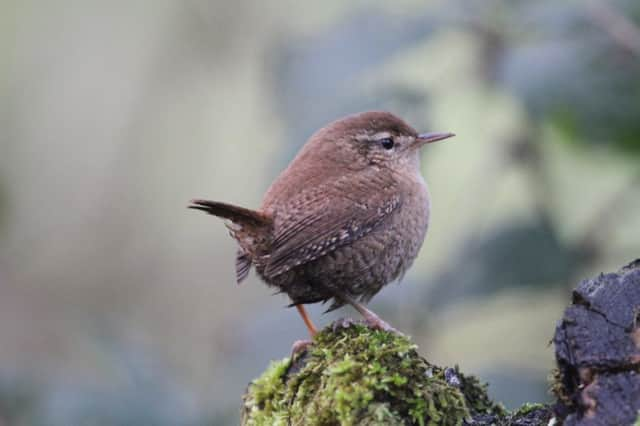Revealed: The birds adapting well to climate change


Scientists said they have shown that common bird populations thousands of miles apart are responding to changing weather in a similar, pronounced way.
The international team, led by Durham University, found that birds they thought would be suited to the changing conditions “substantially” outperformed those expected to suffer between 1980 and 2010.
Advertisement
Hide AdAdvertisement
Hide AdThe research, conducted in collaboration with the RSPB and the United States Geological Survey, is published in the journal Science.
They studied 145 common European birds and 380 American birds, having split them into groups of ones they thought would prosper through climate change and ones that would struggle.
They found a clear difference in the average population trends of bird species either advantaged or disadvantaged by climate change in both continents.
Populations of bee-eater and Cetti’s warbler – species with a southerly distribution in Europe – have increased in recent years, while more northerly distributed species such as willow tit and brambling have been declining in the same period.
Trends have also been noted within the same species. Wrens, for example, have been increasing in northern European areas where winters have been milder, but declining in some sourthern countries with hotter, drier summers.
The UK’s population of the Dartford warbler, which used to be limited to Dorset, has increased eight-fold since the early 1980s, while declining in Spain.
The American robin, a familiar species across much of the USA, has declined in some southern states such as Mississippi and Louisiana, but increased in north-central states, such as the Dakotas.
The study’s lead authors Dr Stephen Willis and Dr Philip Stephens, of Durham University, said the findings showed there was a large-scale, consistent response by bird populations to climate change on two continents.